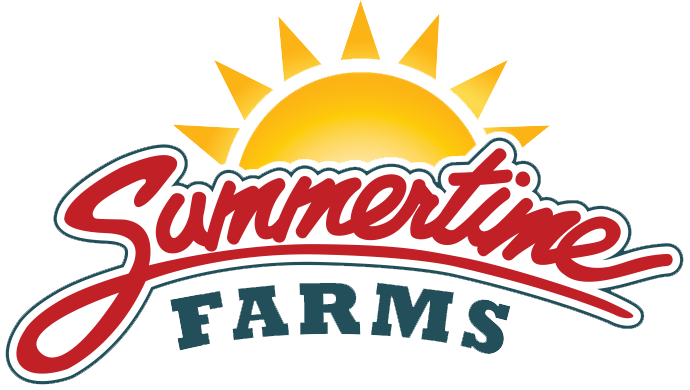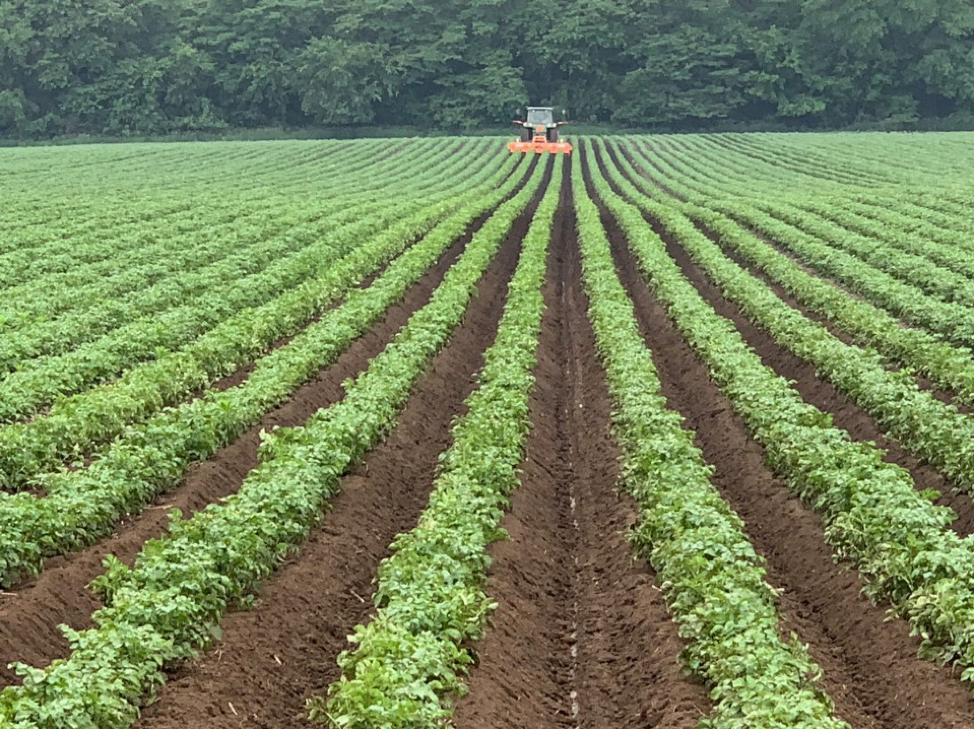by Ron Petersen
Consumers are noticing food price volatility as a result of market interruptions on a scale few of us have experienced. The supply and demand shifts caused by the pandemic have been abrupt with multiple uncontrollable variables which make it difficult to keep food prices in check.
Growers are accustomed to predicting and planning for a certain amount of volatility. As a packer/shipper, I have learned ways to leverage my knowledge of the overall marketplace to mitigate price volatility.
Following are a few of the variables that can affect the price of potatoes and how we deal with them.
Mother Nature
Weather plays a huge part when it comes to the production and price of produce. In potato growing areas, too much rain can damage the quality and lower production yields. As an example, last fall, early in the growing season, most of the northern plains states endured very cold temps with many also seeing heavy rain and snowfall for an extended period. As a result, some growers left nearly half of their crop in the ground because it was unsalvageable. The resulting scarcity forced prices up.
Crop yield
Another factor that affects price is that different potatoes have different yields. Russets have a high yield so are traditionally priced lower. Red and gold potatoes have a lower yield, even when a large area is planted, so those price points are typically higher.
With any ups and downs in the market, it’s up to the grower to figure out how to make that crop last so the supply is still there for the consumer. Adjusting price for market demand comes with the territory.
Stored versus fresh crop
Northern growers typically have long-term potato storage which allows them to grow many acres more than they can sell fresh. While they harvest everything in the fall, storage space allows them to be able to ship that crop from August harvest all the way into June or July. Storage crop pricing is usually lower than new crop. On the other side are the warmer climate growers with a fresh market mentality. They grow, harvest, wash and immediately ship. Their crops are smaller and have relatively short-lived seasons.
Regionality
While potatoes are grown across the country, not all potato growing regions are created equal. Differences in season lengths, growing conditions, availability of storage, and transportation all affect the costs of all potato varieties.
Transportation
This time of year, fruits and vegetables are being shipped from California. The demand for trucks to haul California produce is very high in a normal year. In the middle of the COVID-19 crisis, transportation slowed while restaurants were closed or only open in limited capacity. The demand for trucks was low, which caused freight costs to ease. Since then, shipments have been on the rise and are returning to a more normal level. As shippers compete for trucks, the price is driven up.
Gas prices also obviously affect the cost of freight. When gas was at its highest, it wasn’t unheard of for a truckload of produce going from California to the East Coast to cost more than $10,000 one way. Clearly, freight cost can really impact the bottom line for everyone.
Demand Shift
Historically as a household staple, potato demand is pretty predictable with shifts mostly being the result of seasonal usage creating predictable price volatility. However, COVID-19 has made everyday life unusual, to say the least. As I talked about in the last blog, there was an unprecedented retail demand for potatoes at the beginning of the crisis. The demand was so huge and so immediate that it really shook the growers and the supply chain. Once the supply chain recovered, we went from extremely high retail demand to a much more manageable demand. Even though we’ll still be experiencing the effects of the pandemic for the foreseeable future, the supply has caught up and we’re seeing more normal business patterns.
This crisis has also caused an astronomical jump in online grocery shopping. As we try to decipher what that means for the grocer and the grower-packer-shipper, what we do know is that the consumer puts a lot of trust in the retailers and the growers to have the product they want. They also put a lot of trust in the retailer to pick out the best product for their order.
How can a grower-packer-shipper help mitigate price volatility?
This business is all about relationships.
I have one-on-one discussions with my growing partners throughout the country. We all know that if we stick to reasonable prices, we’ll move more product, and keep consumers happy. I also like to keep in touch with produce managers. We strive to keep our buying partners up to date on growing areas, quality and pricing. Successfully bridging the gap between growers and buyers is what gets the best product at the best price to consumers.
How are smaller grower-packer-shippers uniquely positioned to adapt to price volatility?
At the risk of repeating myself, it all goes back to the relationships. While I understand the marketplace sees potatoes as a common commodity, our partners are not. As a small grower, we have the ability to leverage our own crop and we have the luxury of seeing our growers and logistical companies as partners to guarantee a quality product year-round. These partnerships allow for more meaningful conversations and cooperation for the betterment of the end consumer.
Projections for the new crop market prices
The markets in play right now are really strong.
Once we get to August, I think we’ll see steady prices as more growing regions harvest their crop. When fall rolls around and the larger northern growing regions open up, we’ll see high volume. Depending on other factors, the market may ease.
While it’s a complicated puzzle of variables we must fit together, we take great pride in pursuing our mission of fresh delivery, providing exceptional service and quality potatoes at a fair price along the way.
Summertime Potato Company is a grower-packer-shipper based in Des Moines, Iowa, distributing throughout the nine-state area. Since 1974, we have taken pride in our product and relationships while also working hard to provide highly responsive, personalized customer service to our grocery produce buyers.

